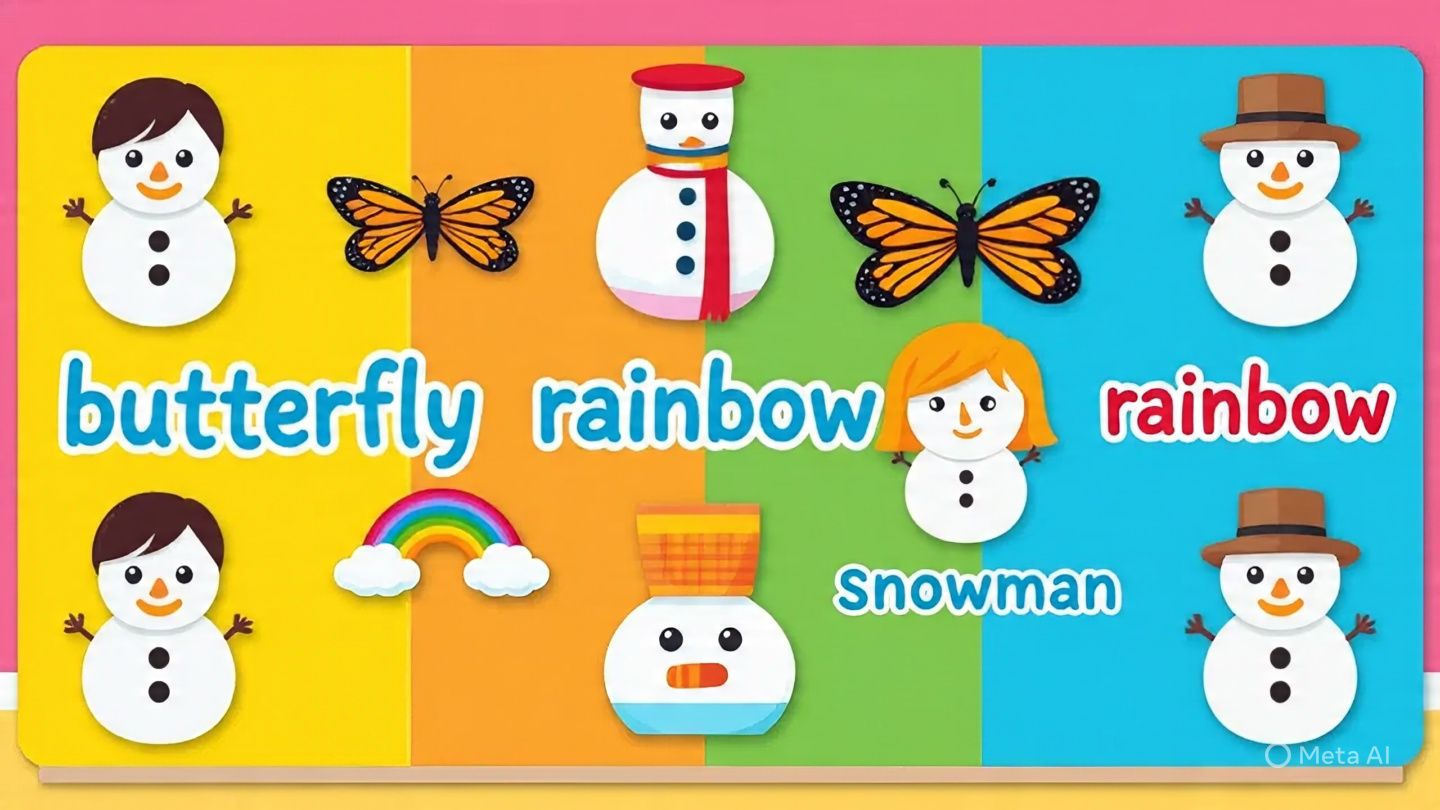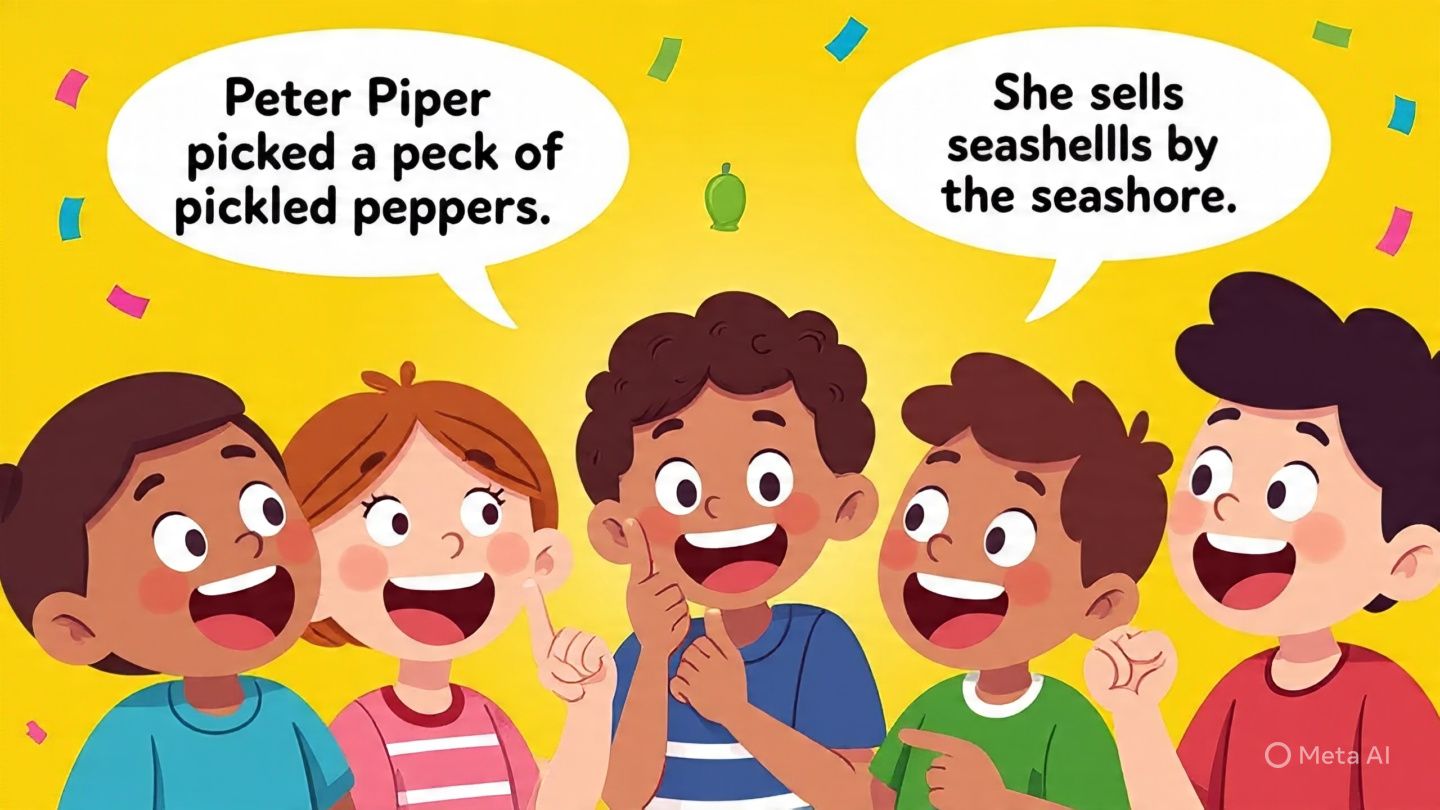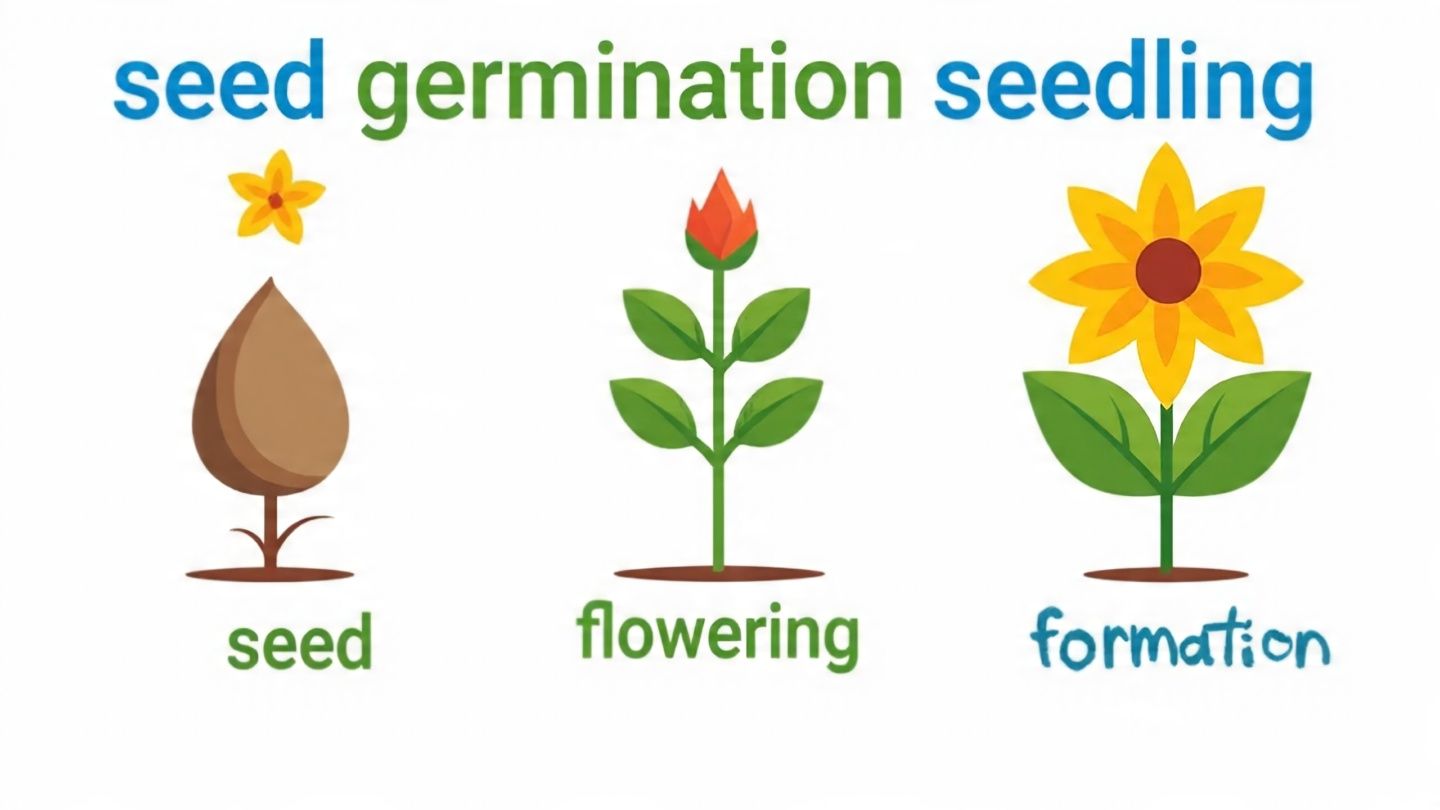Why Teaching Opposites Is Important
Understanding opposites helps children make sense of the world around them. By learning that concepts come in pairs—like big/small or fast/slow—kids begin to categorize, compare, and describe things better. These fun ways to teach opposites to kindergarten kids promote vocabulary development, critical thinking, and early grammar comprehension through joyful learning.
How Opposite Learning Boosts Language Development
- Enhances Descriptive Vocabulary: Children learn more words and their meanings by understanding differences.
- Supports Reading Readiness: Knowing opposites helps kids decode and comprehend basic texts.
- Improves Social Communication: Opposites help kids describe feelings, sizes, and actions more accurately.
- Promotes Categorization: Sorting objects based on opposites builds logical thinking and organization.
KidsZilla Education for visual lessons that make opposites fun!
10 Fun Ways to Teach Opposites to Kindergarten Kids
1. Opposite Flashcards
Use colorful flashcards with picture pairs like “hot/cold” or “happy/sad.” Show one card and ask your child to find or say the opposite. Visual cues make abstract words easier to understand.
2. Role-Play Games
Act out opposites like sitting/standing, loud/quiet, or open/closed. This keeps kids engaged and helps kinesthetic learners grasp concepts through movement and play.
3. Opposite Song Time
Sing songs like “Open Shut Them” and “Big and Small.” Songs with actions are especially helpful for memory retention and make learning opposites fun and rhythmic.
4. Storytelling with Opposites
Create or read stories that include opposites, then ask kids to identify them. Stories bring context and help children understand how opposites function in daily life.
5. Matching Worksheets
Use printables that allow children to draw lines between opposite words or images. Worksheets help build recognition and reinforce learned vocabulary through repetition.
6. Sorting Games
Give children objects to sort into opposite groups, like heavy/light or rough/smooth. Hands-on sorting improves categorization and critical thinking in a tactile way.
7. Crafting Opposites
Have children create art with opposite themes—such as day/night drawings or hot/cold collages. This encourages creativity while reinforcing concept understanding visually.
8. Interactive Wall Charts
Create a bulletin board of opposites in your classroom or home. Kids can refer to it daily, and you can add new opposites weekly for ongoing reinforcement.
9. Opposite Movement Game
Call out an action like “jump” and ask kids to do the opposite—such as “sit.” It’s a fun twist on Simon Says and improves both listening skills and concept mastery.
10. Opposites in Nature Walks
During a walk, encourage children to point out opposites—like wet/dry, tall/short, or fast/slow. Real-life examples enhance learning and make abstract ideas more relatable.
Final Thoughts
These fun ways to teach opposites to kindergarten kids create a learning environment where children thrive through interaction and play. Instead of simply memorizing word pairs, they engage with the concepts in real life, through music, games, and conversation. The result? A richer vocabulary and deeper comprehension.
KidsZilla Education and hit subscribe for visual and fun-filled learning!
- Hashtags: #TeachOpposites #PreschoolGrammar #KidsZillaEducation #KindergartenLearning #OppositeWordsForKids




Leave a Reply